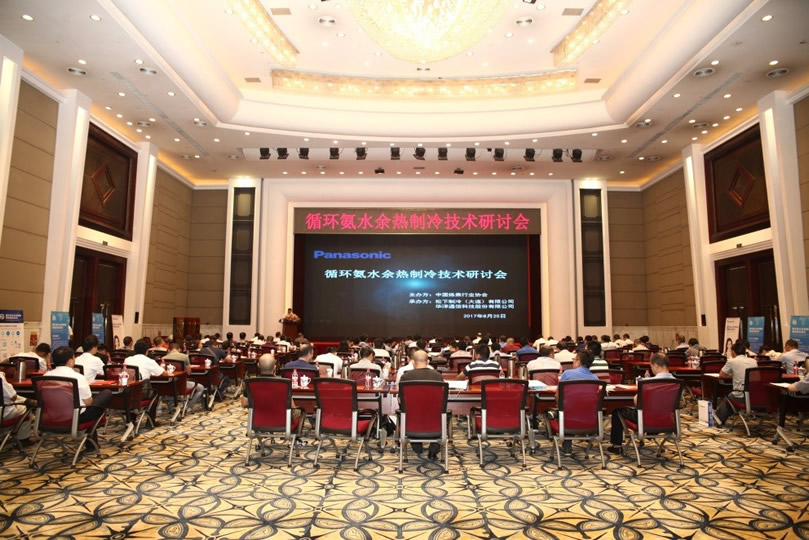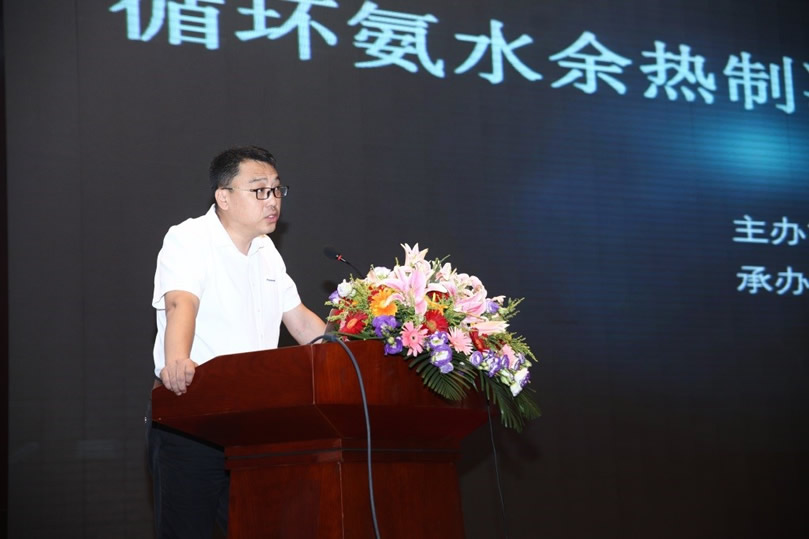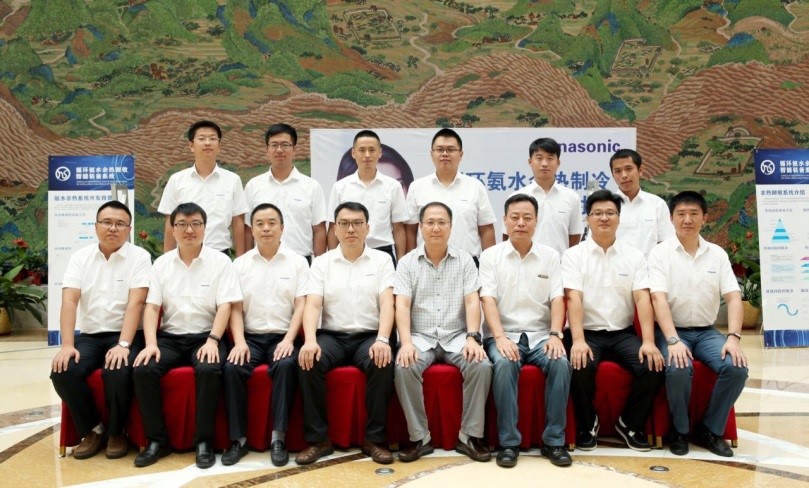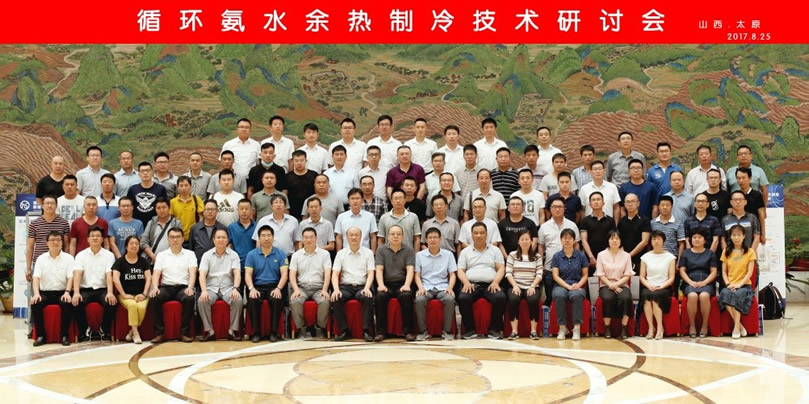Panasonic Appliances Air-Conditioning and Refrigerantion Co-sponsored Workshop on Ammonia-Water Waste Heat Refrigeration Technology
On August 25, 2017, the "Circulating Ammonia Wastewater Waste Heat Refrigeration Technology Seminar" was grandly held in Taiyuan, Shanxi, hosted by the China Coke Industry Association and undertaken by Panasonic Appliances Air-Conditioning and Refrigerantion (Dalian) Co., Ltd. The convening of this conference is to summarize the technological characteristics of circulating ammonia wastewater waste heat refrigeration technology, promote its wider application in the coking industry, and promote the development of energy-saving and emission-reduction technologies and markets in the coking industry.


Panasonic Appliances Air-Conditioning and Refrigerantion (Dalian) Co., Ltd. and Henan Zhonghong Group Coal Chemical Co., Ltd. jointly developed lithium bromide refrigeration technology using circulating ammonia water as a heat source. This technology has shown significant energy-saving effects during its stable operation in Henan Zhonghong for more than three years.

At the conference, Panasonic Appliances Air-Conditioning and Refrigerantion introduced the R&D process, technical characteristics, and energy-saving benefit analysis of circulating ammonia wastewater waste heat refrigeration technology; four coking enterprise users from Shanxi and Shandong shared the system status of the circulating ammonia wastewater waste heat refrigeration technology, the system selection process and debugging experience, the actual benefits brought to the enterprise, and the content related to the commercial model of project contract energy management.


It is understood that the sensible heat of coke oven waste gas accounts for about 36% of the heat of the coke oven, with the circulating ammonia water absorbing most of the heat. The circulating ammonia wastewater waste heat recovery refrigeration technology directly uses circulating ammonia water as the driving heat source for the lithium bromide refrigeration unit to produce low-temperature water. On the one hand, it realizes the efficient and safe recovery of the sensible heat of waste gas; on the other hand, it can also improve existing production processes and increase production capacity. This is mainly reflected in the reduction of the temperature of the circulating ammonia water sprayed on the coke oven bridge pipes and gas collecting pipes, improving the ability of the circulating ammonia water to absorb the high-temperature waste gas waste heat when atomized as a heat-absorbing medium; reducing the temperature of the waste gas before the primary cooler (reducing by 2-4℃), reducing the cooling load and electrostatic precipitator load of the primary cooler, reducing the amount of process circulating water and tower resistance; the tar content in the gas after electrostatic precipitation decreases, the tar yield increases, and the operating conditions of the cold blower are also improved.
RELATED INFORMATION







